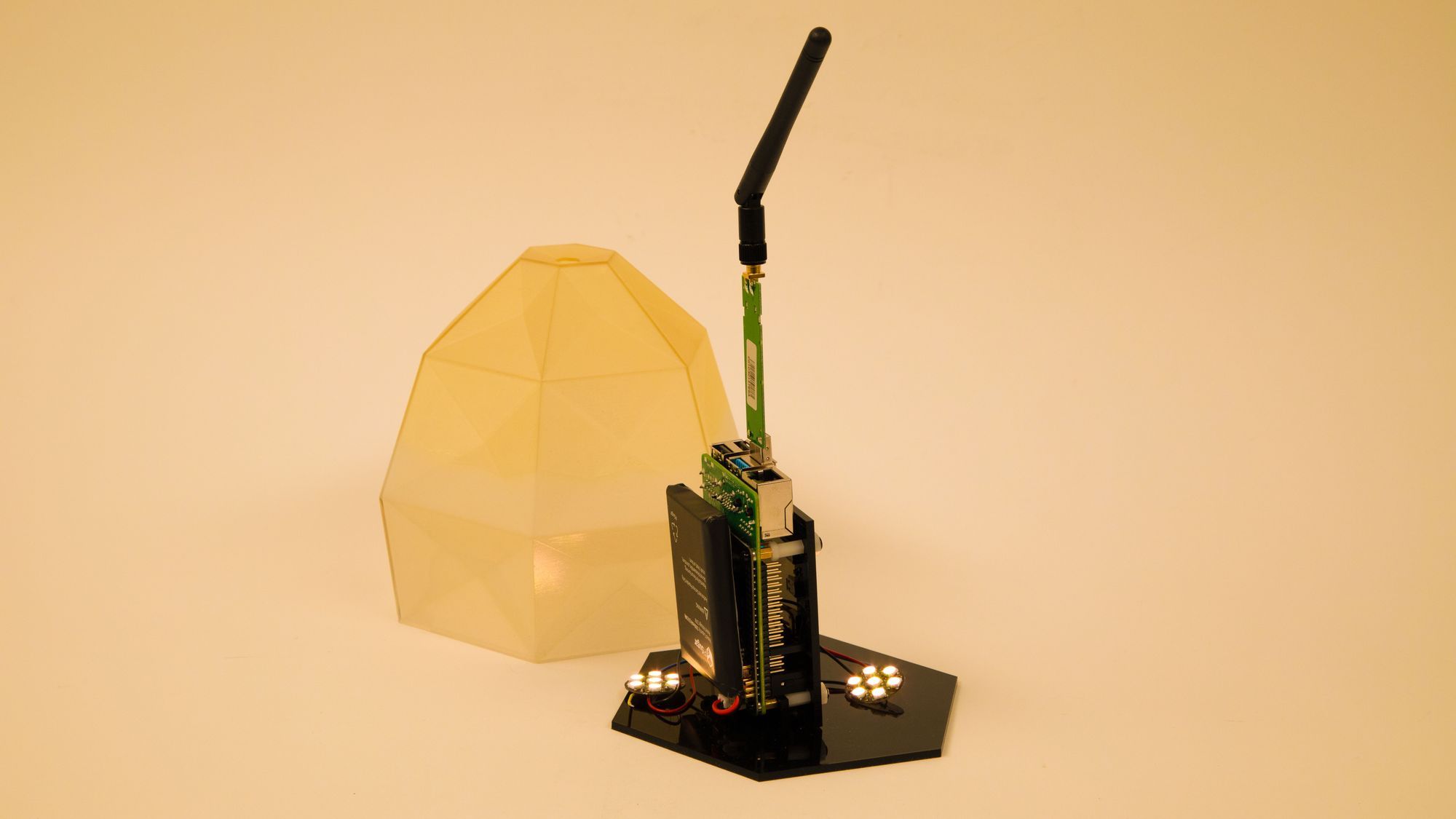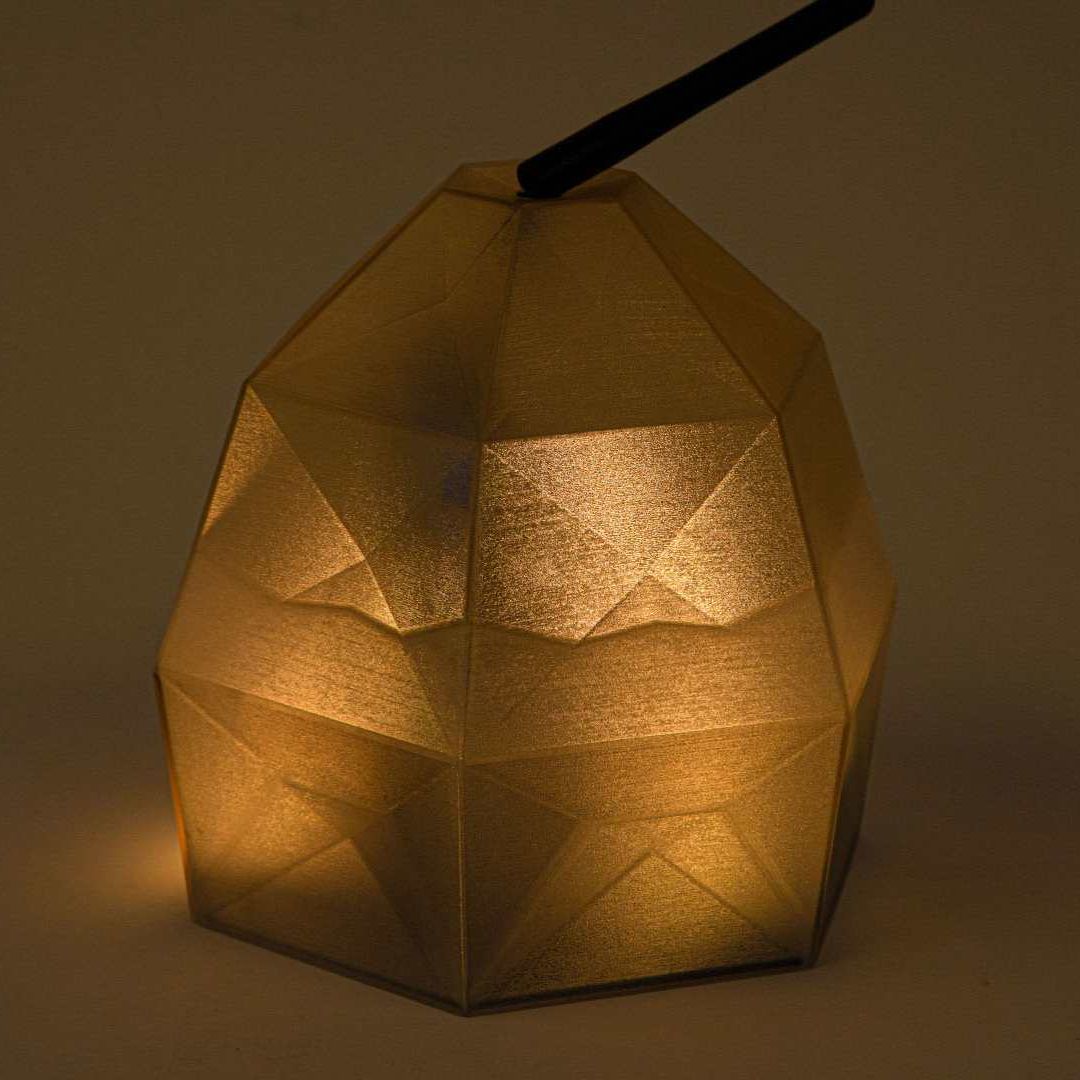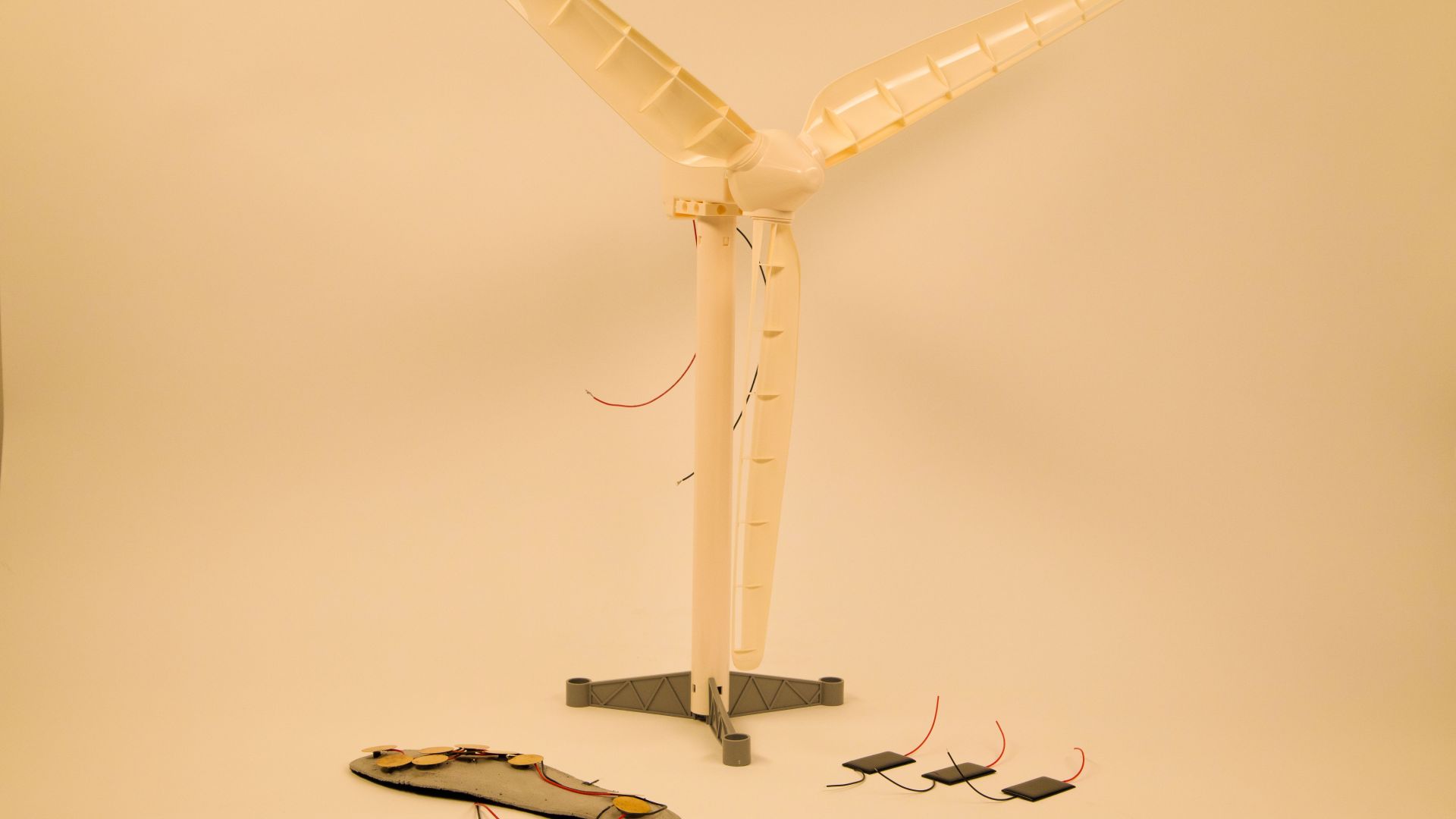
Lightweight - The system will need to potentially be carried 12+ hours a day. Every ounce counts. While the initial prototype is designed to be reproduceable by anyone, a dedicated board could allow for trimming of excess weight.
Scalable - A caravan can range from the hundreds to the thousands. Kutupalong became the largest refugee camp in the world in 2017 with 800,000 people arriving. The purpose of this system is to allow for a high degree of flexibility in implementation. Allowing specific focus on each unique circumstance, as no crisis is the same.
Accessible - According to the GSMA, affordability, both digital and reading literacy, and charging are the largest barriers to effective mobile usage. As a result, the system needs to focus on allowing multiple forms of communication, like speech and text, and utilize iconography that does not rely on language. A WIFI-enabled phone is all that is needed to access the system.
Self-Healing - If any individual access or routing point goes down, the network is capable of continuing to function without any external action. This can allow for a more reliable spread of access over a greater area.
Secure Communication - End-to-End encryption and a lack of message logs ensures safety and anonymity for at-risk populations.

Enclosure
Another element of the project is building trust with your userbase. The enclosure was designed to mimic an Apricot (Mishmish in Colloquial Arabic) that glows softly.
This "Ambassador Device" would be used while the system is being explained to the user. In reality, we likely want to hide these devices to avoid theft, damage, or other issues. The system is very small and thus could be fit into a much smaller enclosure.
Version 2
A second version of the prototype built with an old Pixel 3 Android phone as the core computer.
This enclosure is larger, softer, and can house more technology to expand capabilities, like additional storage and LoRaWAN hardware.



